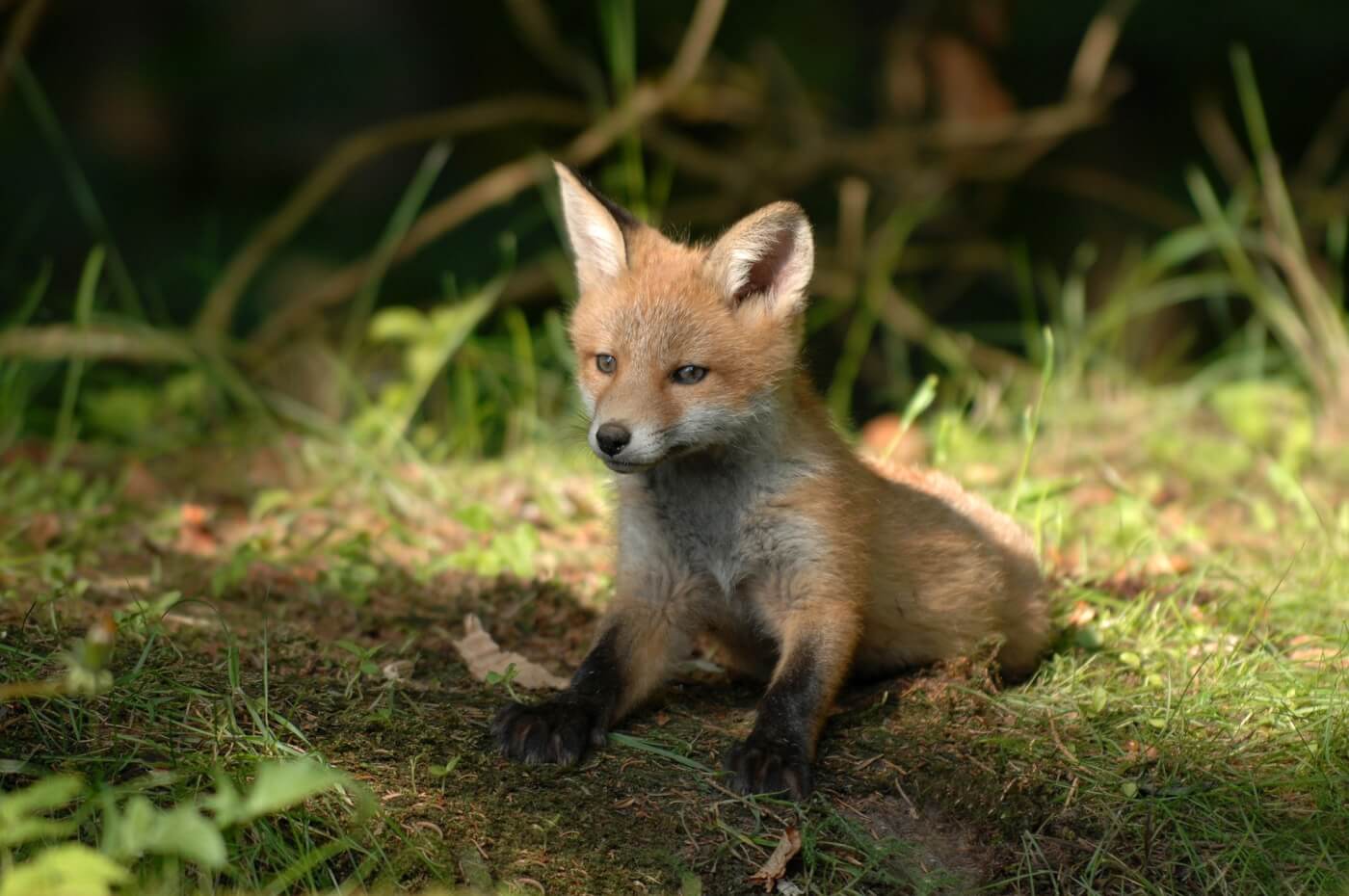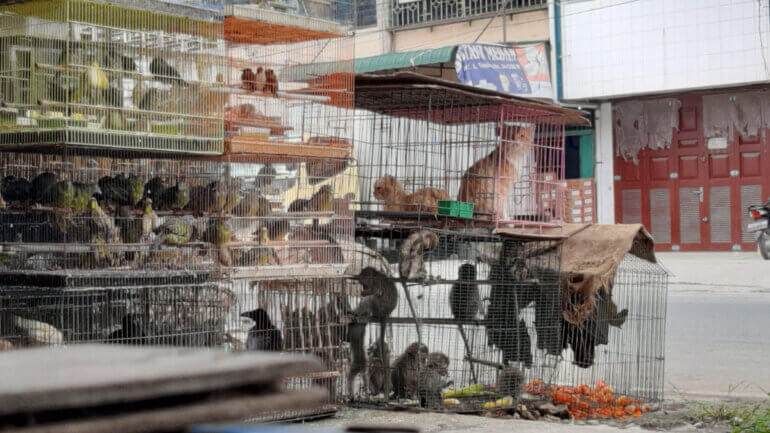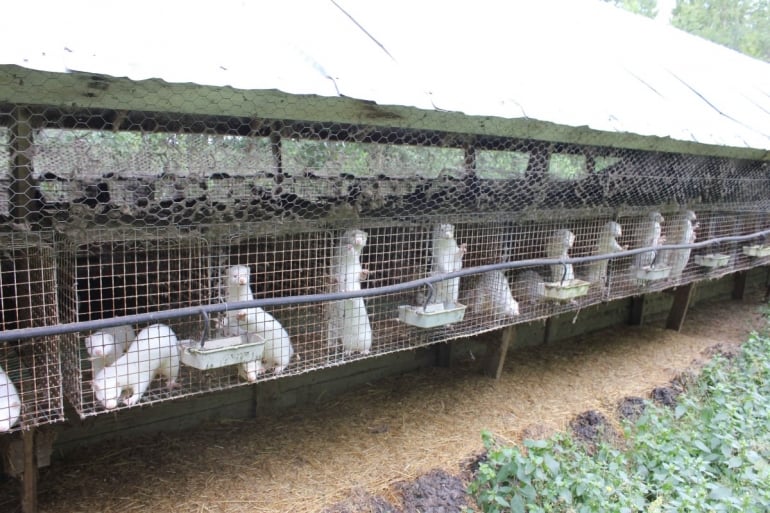PETA is celebrating a huge victory for minks, foxes, and raccoon dogs, as the Sejm (the lower house of the Polish parliament) has voted in favour of a fur-farming ban. Poland is the world’s third-largest fur producer, after China and Denmark, and the ban will spare the lives of approximately 6 million animals who are raised and violently killed for their fur in the country every year. Unfortunately, rabbits are not included in the ban.

The positive news is the result of years of campaigning by Polish animal protection groups, including Viva Poland and Otwarte Klatki. Nearly 90 thousand of supporters of PETA affiliates have also sent messages to Polish officials on the issue.
What Are the Next Steps?
The Sejm’s decision must now be voted on in the Senate (the upper house of parliament) and signed by the president. If approved, the new legislation should come into force in a year’s time.
What’s Happening on Fur Farms in Poland?
A PETA Germany exposé into five Polish fur farms revealed that foxes and raccoon dogs were crammed into barren, faeces-encrusted wire cages. Animals went insane from the intensive confinement, frantically turning in circles, pacing back and forth, and scratching at cage walls. Standing on barren wire cage floors led to swollen and inflamed paws. These and other injuries and diseases, such as swollen gums, went untreated. https://www.youtube-nocookie.com/embed/rF9G9lJoT1Y?wmode=transparent&rel=0&autoplay=0
Other investigations have revealed similar neglect and abuse on fur farms, including animals with open, festering wounds being killed by electrocution, neck breaking, or gassing.
Will The Next Pandemic Come from a Fur Farm?
Fur farms are putting public health at risk, too. When it comes to the risk of disease, they’re no different to the live-animal market in which the novel coronavirus is believed to have originated. It’s very easy for infectious diseases to spread on fur farms through the exchange of urine, excrement, pus, and blood. Minks with infections, sores, and festering, open wounds caused by the wire flooring they stand on are a common sight. Fur farmers and handlers are among those who most commonly suffer from the zoonotic bacterial disease tularaemia.

A wet market

A mink fur farm
Following reports that minks tested positive for COVID-19 on fur farms in the Netherlands and workers are believed to have contracted the virus from the animals, the Dutch parliament voted by an overwhelming majority to bring forward the implementation of a fur-farming ban in the country.
Which Countries Have Banned Fur Farming?
Fur is dead, and the growing list of places where raising animals for their pelts is banned is proof. Poland joins Belgium, Germany, Ireland, Luxemburg, Norway, Slovakia, the United Kingdom, and the many other countries that have said no to fur farming.These Countries Have Banned Fur Farming – Which One Will Be Next?
Which Country Will Be Next?
Around 200,000 minks a year are still imprisoned on Italy’s 13 remaining fur farms. Use your voice to help shut these facilities down.Urge Italy to Ban Fur Farms
The post 8 Million Animals Spared! Poland Set to Ban Fur Farming After PETA Push appeared first on PETA.
Enviroshop is maintained by dedicated NetSys Interactive Inc. owners & employees who generously contribute their time to maintenance & editing, web design, custom programming, & website hosting for Enviroshop.
